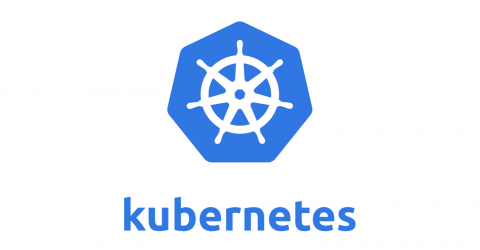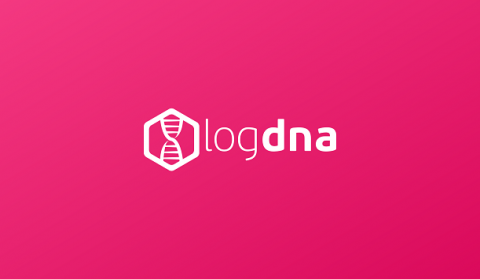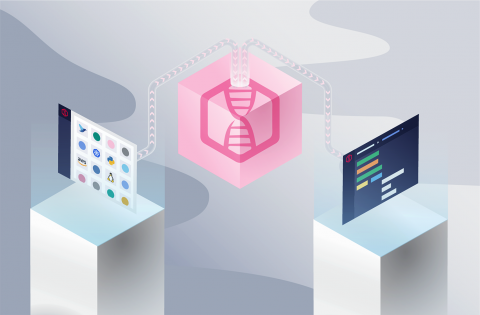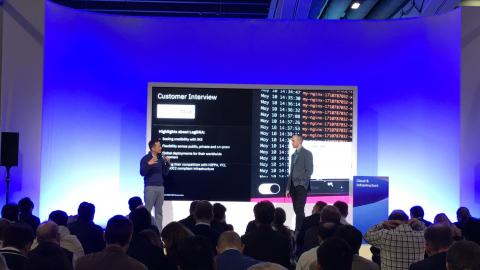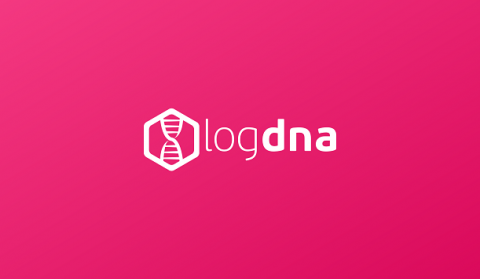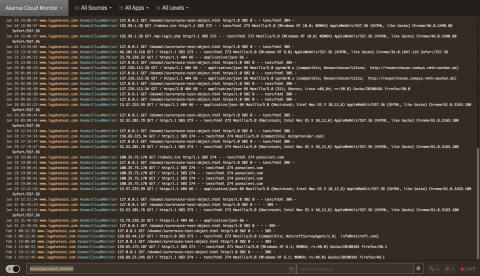K8S is the Kernel
One of my former teammates approached me the other day (and by other day i mean like 3 months ago) and asked ‘Am I thinking about this right? Kubernetes is actually akin to the Linux Kernel. So Rancher and OpenShift are distributions of Kubernetes. And for a supported enterprise application I’m more likely to use a more enterprise focused distribution than a DIY distribution, yeah?’ To which I responded ‘Yep, you hit the nail on the head’.


